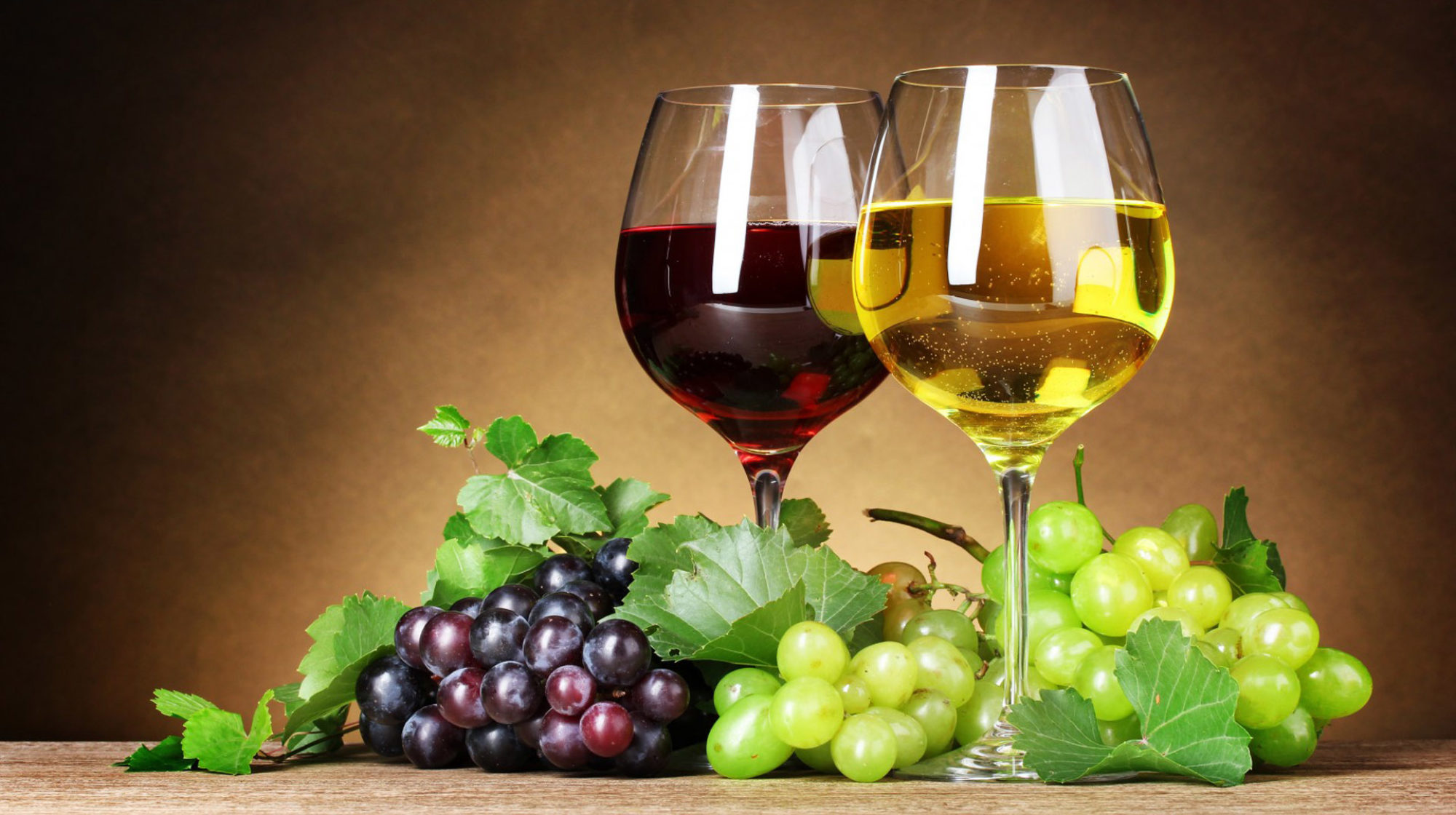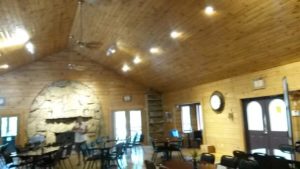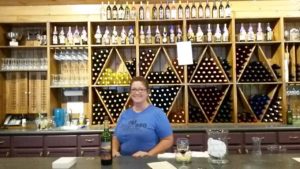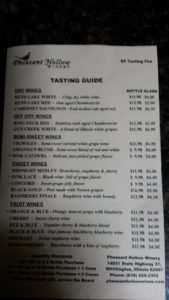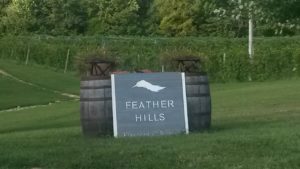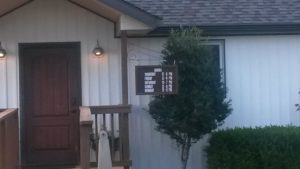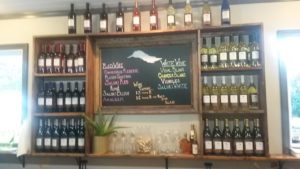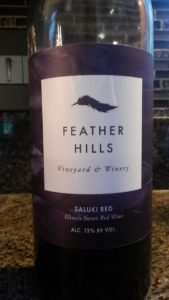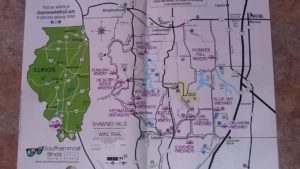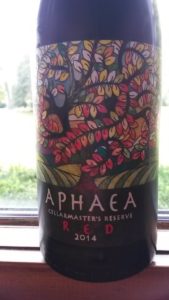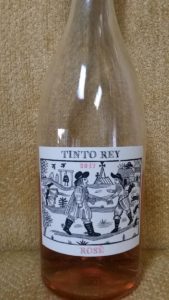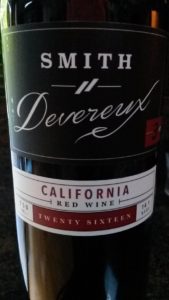
Origin: Vinho Regional Lisboa, Portugal
Grape: Touriga Nacional 30%, Syrah 30%, Tinta Roriz 30%, Alicante Bouschet 10%
Year: 2015
Alcohol: 14%
Price point: $8
Year Reviewed: 2018
Upon opening this bottle, I knew by the smell that thiswas going to impress. This ruby wineafforded aromas of Maraschino cherries, kirsch and cherry pie. Upon tasting, I experienced rich, ripe darkfruit and a well-balanced blend. Also Iexperience fine spices such as pepper, nutmeg and basil. Ends with a full long finish.
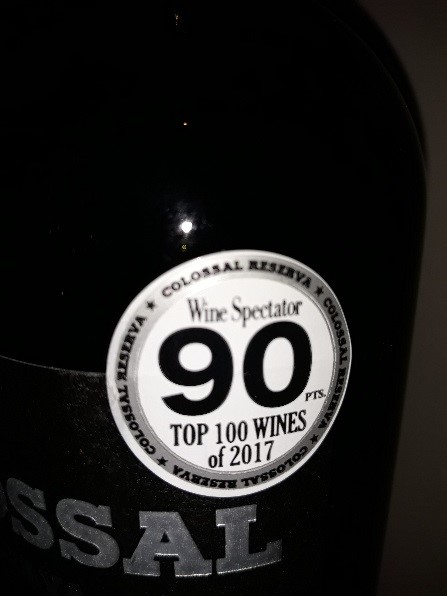
This wine has high accolades and is luscious, with blended through flavors that last on the sides of your mouth… making you crave more. A true steal from Portugal and rated high. Try it and you will want more. I will definitely be looking for more wines produced by Casa Santos Lima.
Casa Santos Lima was created to ensure the continuous development
of Santos Lima’s wine producing activity first established several generations
ago. This activity was first started by Joaquim Santos Lima, who, by the turn
of 19th century, was already a great producer and exporter of Portuguese wines.
Maria João Santos Lima and José Luís Santos Lima Oliveira da Silva,
granddaughter and great grandson of the founder, relaunched Casa Santos Lima in
1990, replanting most of the vines, improving agricultural techniques and
modernizing all its productive structure.
Within its activity of producing and bottling quality wines, the company soon
developed a Multi-Brand Strategy, focusing on products with an excellent price
– quality ratio.
The Vinho Regional Lisboa area (which was known as Vinho Regional Estremadura until the 2008 vintage) has more DOCs than any other Vinho Regional area of Portugal: a total of nine, of which one is for aguardente (brandy) rather than wine. Many excellent wines are also sold as Vinho Regional Lisboa.
www.winesofportugal.com/en/travel-wine/wine-regions/lisboa/overview/
